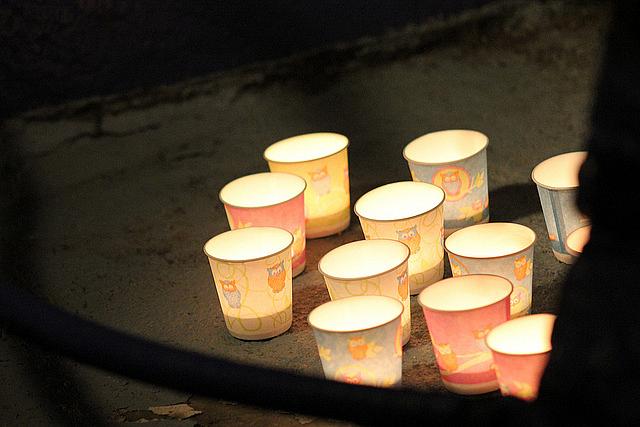Which legal tools could help prevent gun deaths?

(Photo by Elvert Barnes via Flickr.)
A mass shooting is a public murder-suicide on the largest scale. Such shootings receive international attention and force lawmakers, public health researchers, law enforcement, and the general public to reexamine gun regulations and our approaches to recognizing and treating mental illness. Some of the most significant developments to emerge from these tragedies are the legal tools that are designed to prevent future gun-related deaths.
This year will mark five years since the 2014 Isla Vista killings, and the passage of California’s Gun Violence Restraining Orders bill. The measure was passed shortly after 22-year-old Elliot Rodger killed six people and then himself in the small town adjacent to the University of California, Santa Barbara campus. The law, which went into effect in 2016, allows for close family members, law enforcement, or a member of the same household to petition a local court to confiscate firearms and ammunition from someone who they believe to be a risk to self or others.
Gun restraining orders, however, have been reportedly underused. Making Contact’s 29-minute audio documentary for the 2019 California Fellowship will examine why GVRO’s appear to be underused, and look at other educational, advocacy, and regulatory means that could be used to prevent firearm injuries and deaths.
Although mass shootings, by their sheer horror and accompanying media spectacle, are recalled more immediately in the public memory, the vast majority of gun-related deaths occur after years of private struggle with mental illness or abuse at home.
Suicides committed with a firearm remain a serious problem in California and throughout the country. In 2016, according to the Centers for Disease Control and Prevention’s WISQARS database, 1,595 people in California used a firearm to kill themselves. Nationally, there were 22,938 suicides by firearm. In states where gun ownership is higher, there is a link to greater rates of suicide. Gun violence also frequently presents itself as gender violence, as was the case with Elliot Rodger in Isla Vista, and as is the case in many domestic violence situations.
Improved methods of data collection can reveal important demographic insights. A study released in February 2019 by the Violence Policy Center found that from 1999 to 2016 more than 16,000 Latino residents of California were killed by guns. According to the available data, LA County had the highest number of homicides and suicides of Latinos in the state.
For my 2019 California Fellowship project, I plan to produce a radio documentary that will explore what works and what could work in the prevention of gun violence in California.
It is my hope that, through the example of California’s story, decision makers throughout the state and the country would support the improved collection and sharing of data for further public health study, and consider new legal tools that could prevent gun-related deaths.

